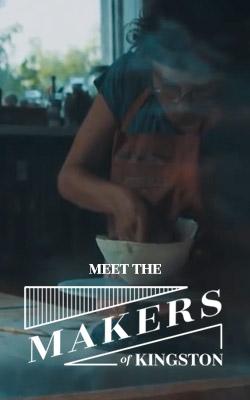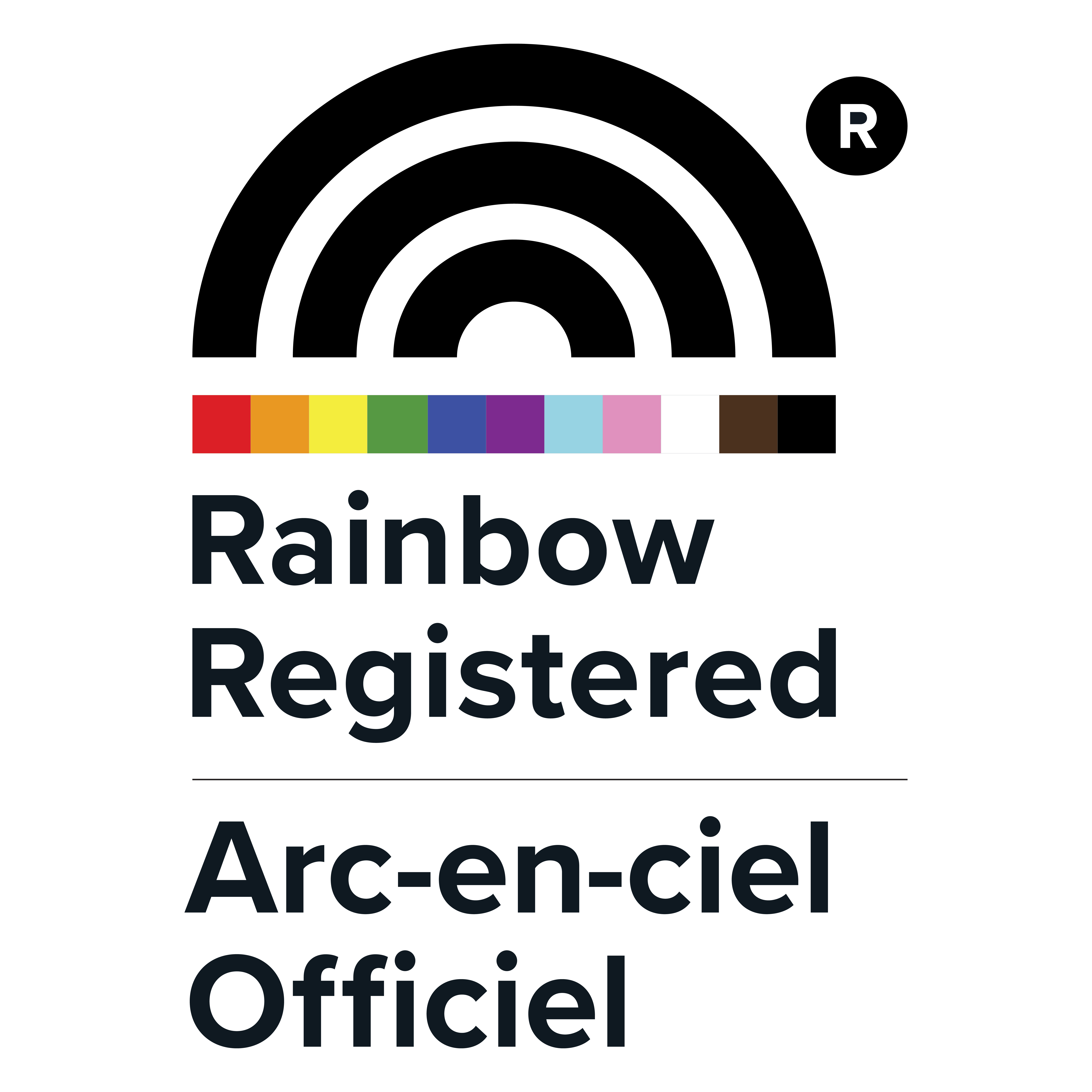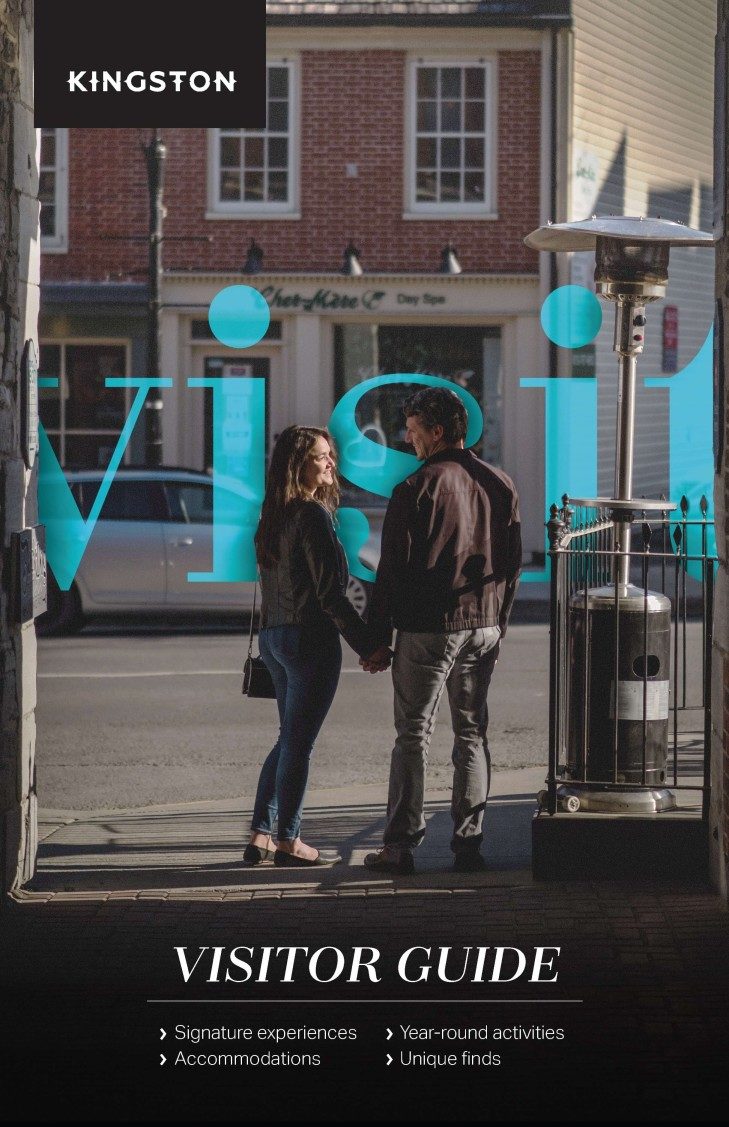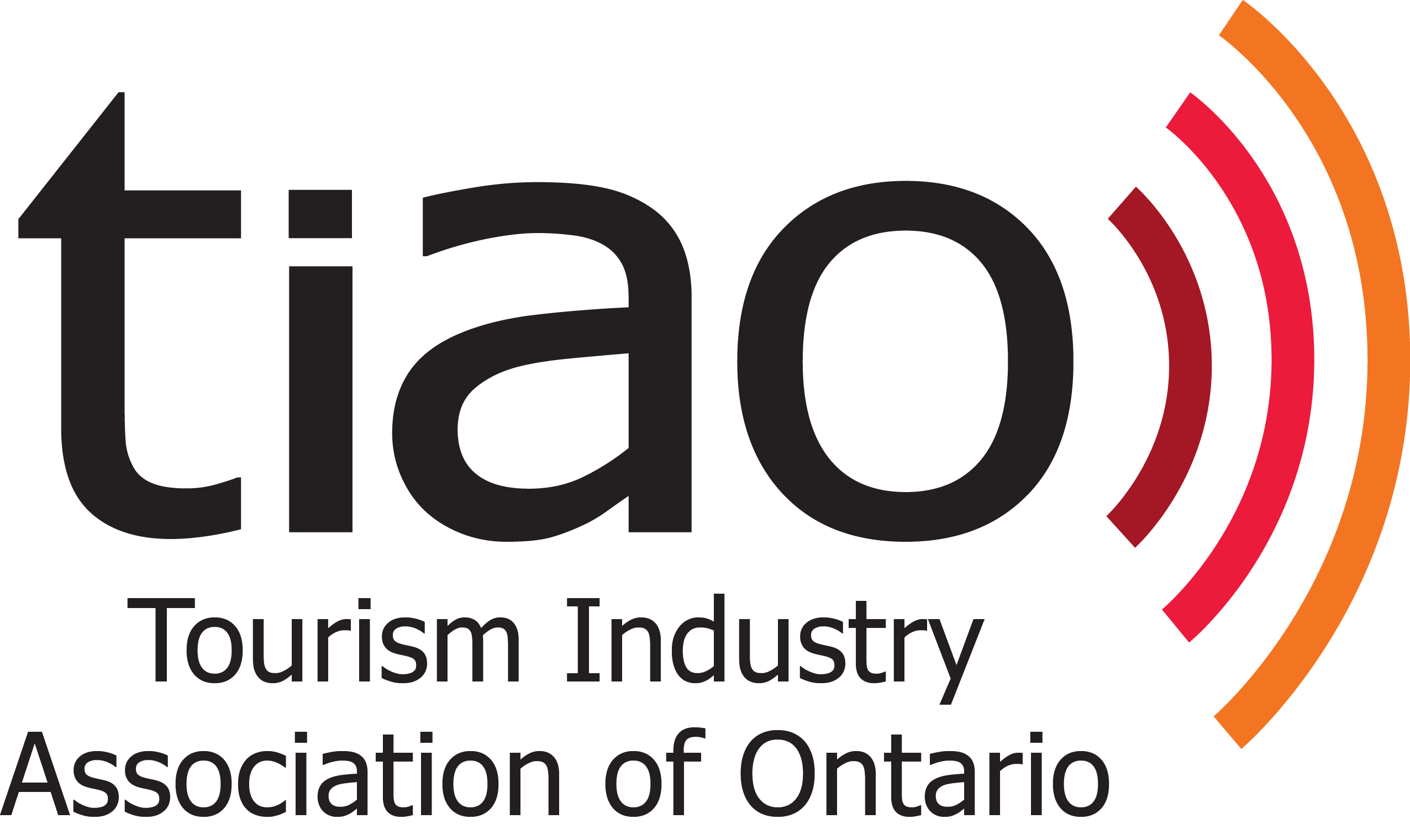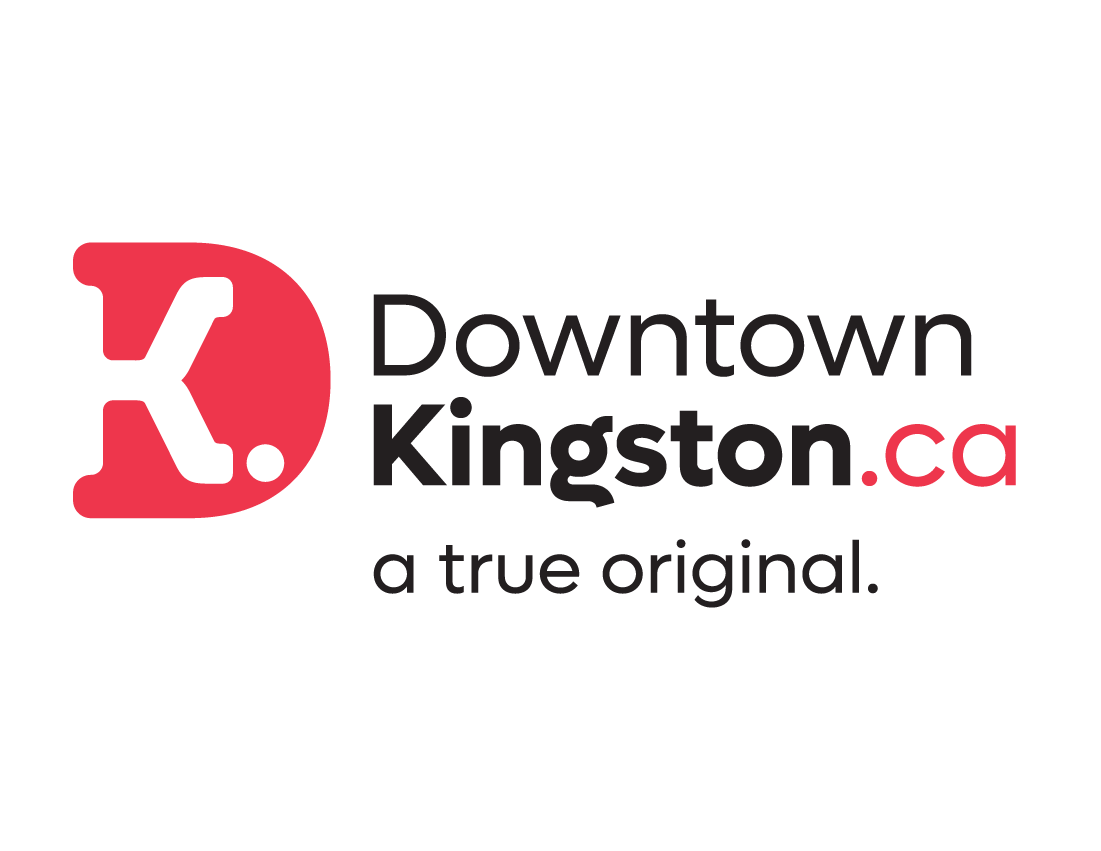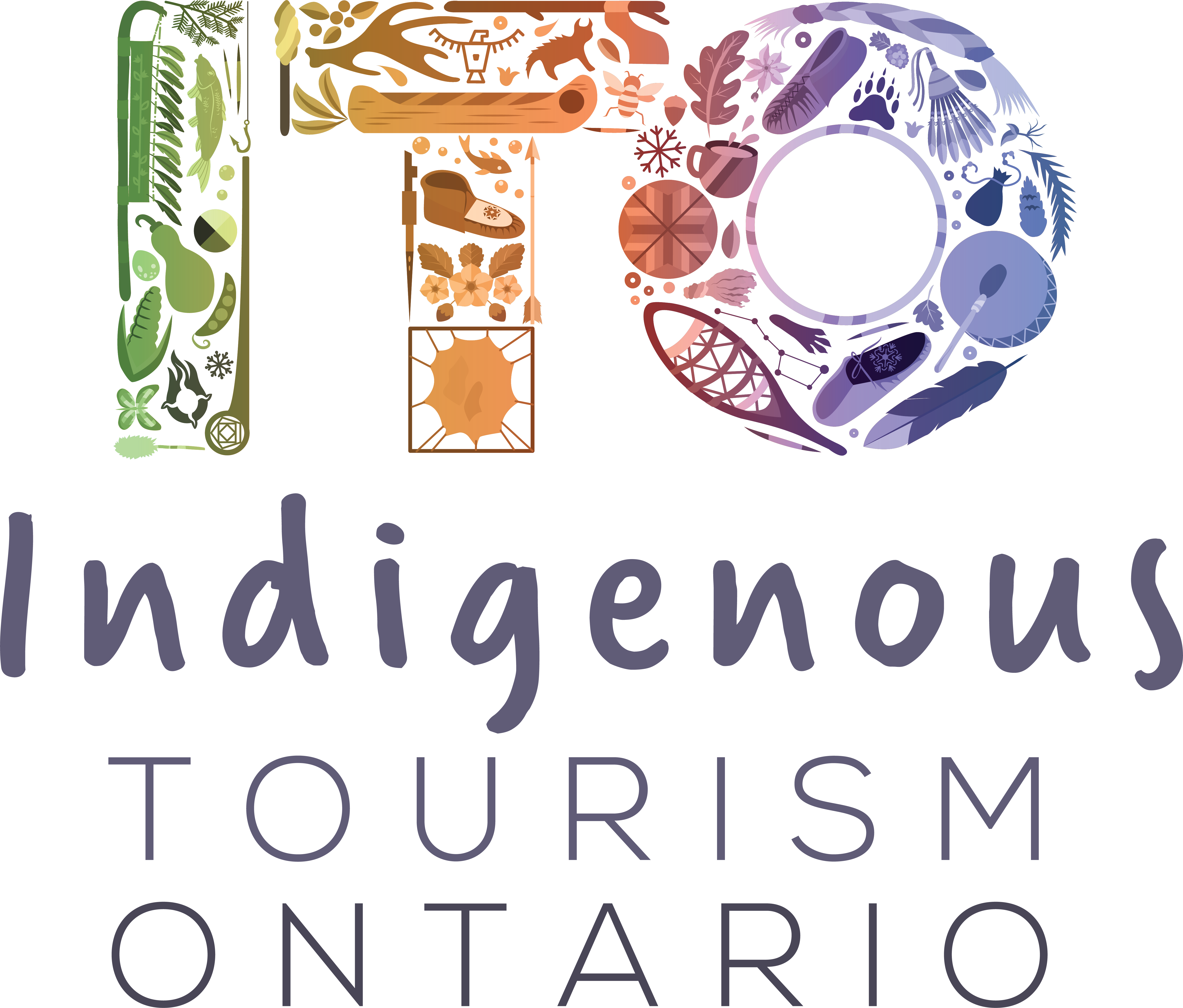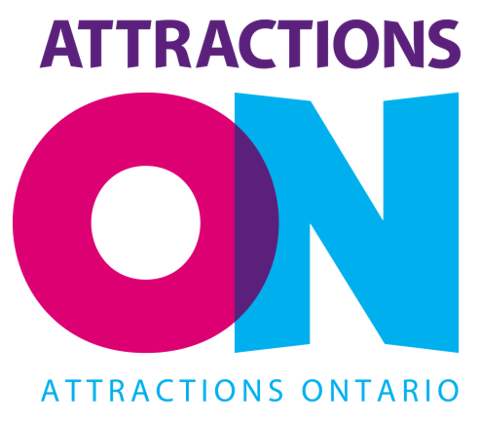The Agnes challenges old ideas of what an art centre should be
After being closed due to COVID-19 restrictions, Agnes Etherington Art Centre – a research-intensive art museum and centre – reopened on August 7 with four new exhibitions. Lovingly called “the Agnes,” the centre is also a pedagogical resource at Queen’s and a public art gallery with free admission. It is home to more than 17,000 works of art, including four Rembrandt paintings.
A mainstay of the Kingston art scene since 1957, the Agnes is anything but outdated. In fact, the four new fall exhibitions are stunning examples of how the centre is aiming to be “ex-centric.” It’s attempting to challenge our assumptions about art, the artmaking process, and traditional art museum practices.
The new exhibitions include Lii Zoot Tayr (Other Worlds), With Opened Mouths, Humour Me, and Superradiance. Most of the exhibits encourage viewers to engage with artwork in a bodily way, whether through circling the free-standing masks in With Opened Mouths or experimenting with the virtual reality aspect incorporated into Superradiance.

We spoke with the Agnes’s director and curator Emelie Chhangur about how the centre has transformed from a space to observe artwork to one that allows visitors to experience it in a more active way.
“Ambulatory and somatic forms of experiencing artistic practice and cultural materials through enhanced exhibition design is a way of ensuring we are inclusive,” she says. “We strive for experiential ways of knowing that do not prioritize only intellectual engagement. This is also about class and privilege. Agnes is for everyone…We are moving away from passive, authoritative, and top-down transmission of “knowledge” toward collaborative forms of knowledge production that is poly-vocal. We are an engaged institution in that we understand art’s social and civic role. We need to, therefore, engage the social and civic sphere in all the work that we do.”

This approach is demonstrated by Dr. Qanita Lilla, curator of With Opened Mouths, as she uses her collection of traditional West African face masks, coverings, hoods, helmets, and crests to challenge Western philosophical approaches to art. The art objects in her collection – and the way they are displayed – inspire one to imagine the “life” of an object. Visitors will notice the lack of dates on these masks. This is an intentional choice that Dr. Lilla reveals was important to her. Instead, the masks are labelled with the geographical location of where they were created.
Chhangur believes that curating practices based on categorization and separation “no longer have a meaningful relationship with our contemporary moment”:
“These impulses are colonial and we need to reckon with our colonial histories as museums, which means we need to look to the future: we need to build the future we want to see by changing how we do what we do at cultural institutions now. The museum can no longer be a container for history, as if history has no bearing on our contemporary time. This is why at Agnes we now work along a continuum, viewing historical works as futurities, contemporary works as prototypes, and approach exhibition making as a contemporary museum. We are set free to experiment, to take risks, and to propose other ways of working across all time periods and world views simultaneously.”
This theme of movement and experimentation is taken up by Superradiance as well, a group exhibition that grew from the Dark Matter Playgroup micro-residency that began in January 2021. Curated by Michelle Bunton and Sunny Kerr, the exhibit features new works by several artists who used “dark matter” as a poetic framework. It’s clear that this exhibit stemmed from several different artists as there’s an energy of collectivity between the pieces.

The Dark Matter Playgroup was a mentorship-based program that took place during the COVID-19 pandemic. By extension, Superradiance touches on contemporary issues such as nuclear waste, face-recognition technology, ecological crisis, and the fantasy of utopia.
“In Superradiance we see this as a methodology: the exhibition emerges iteratively from the exhibition Drift: Art and Dark Matter, which means one exhibition gives rise to another…These exhibitions are prototyping new, collaborative ways of working at Agnes in the future. We are now making connections not only across our collection but also in between the exhibitions themselves. We will see this play out even more in our winter exhibitions and co-curatorial projects initiated by Agnes curators in European and Indigenous art or between so-called contemporary and historical curators. We are changing the structure of the institution to allow for new forms of museum practice to emerge. I call this curating on a continuum in that it collapses pasts, presents, and futures.”
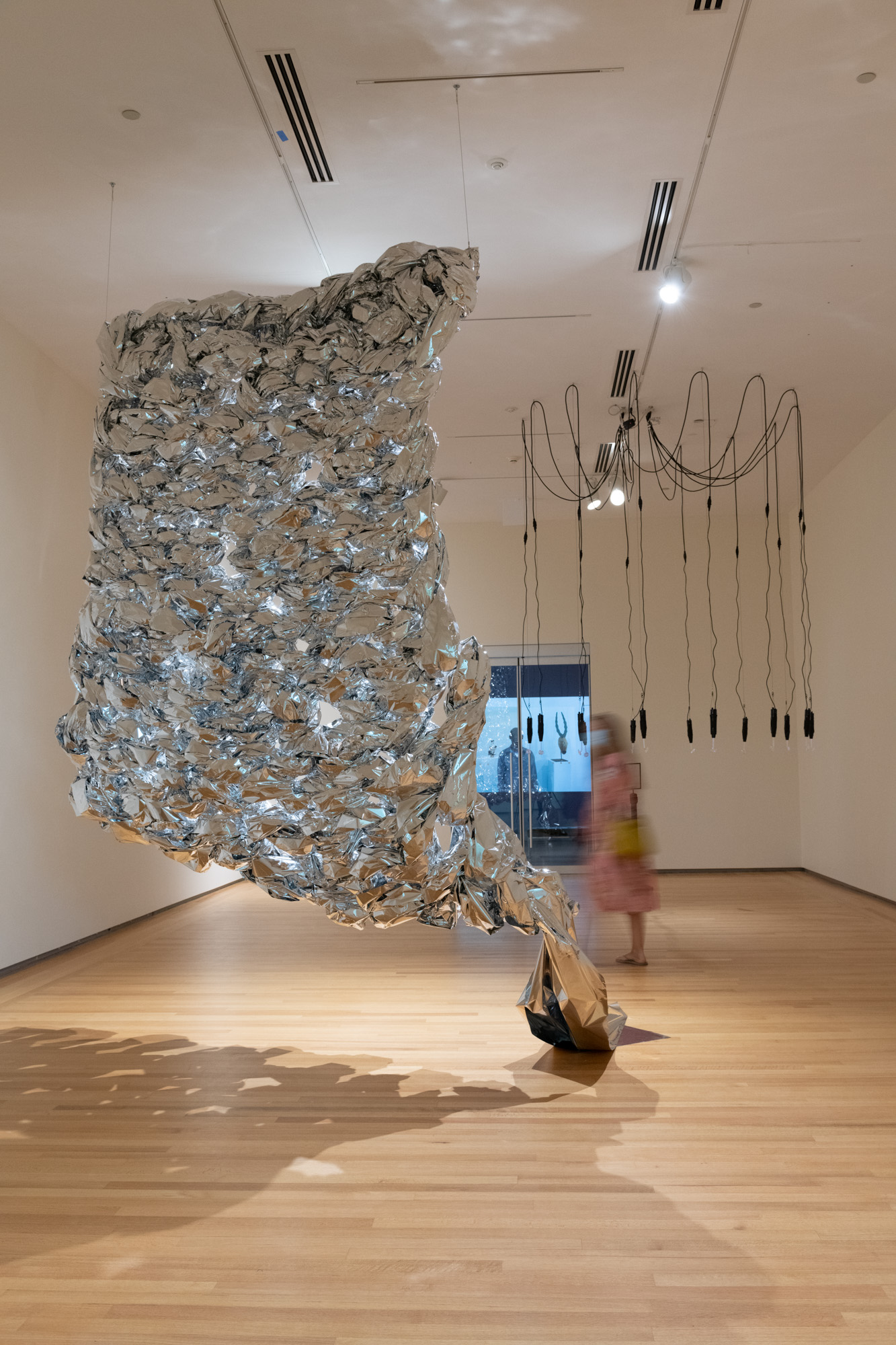
Lii Zoot Tayr (Other Worlds), curated by Amy Malbeuf and Jessie Ray Short, is the third in a series of exhibitions and focuses on energy and spirit in Aboriginal philosophy. The exhibit is posed alongside a quote from Leroy Little Bear: “In this realm of energy and spirit, interrelationships between all entities are of paramount importance, and space is a more important referent than time.” * The exhibit ponders inner and deep space, science, and technology, and the visible and invisible.
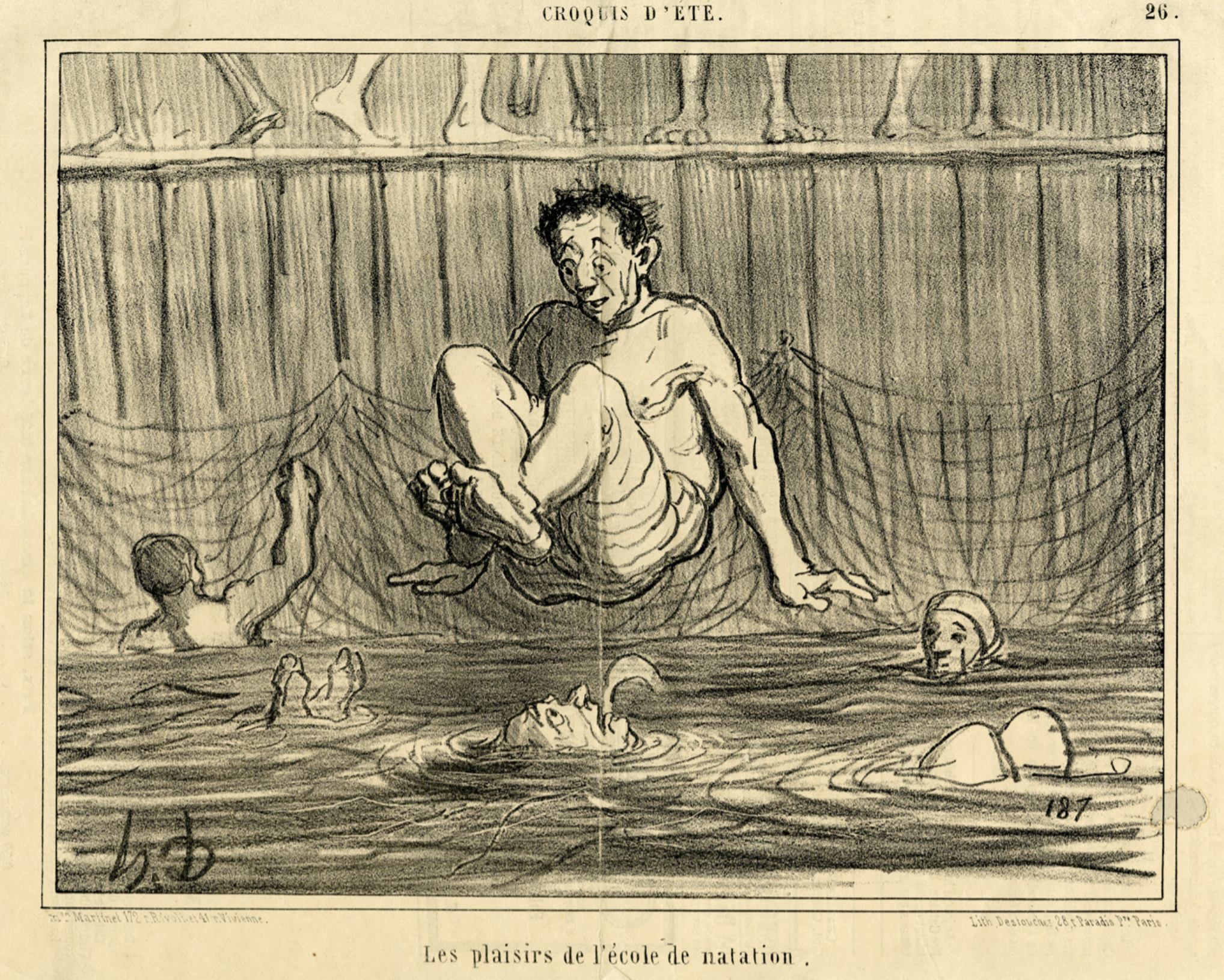
Humour Me explores caricature and its ability to carry social and political meaning. The curator, Dr. Maxime Valsamas, outlines the development of caricature across time and space. The pieces question authority, power structures, and all types of hierarchy. The exhibit includes world-renowned caricature artists in addition to pieces by Emily Carr and Pablo Picasso.
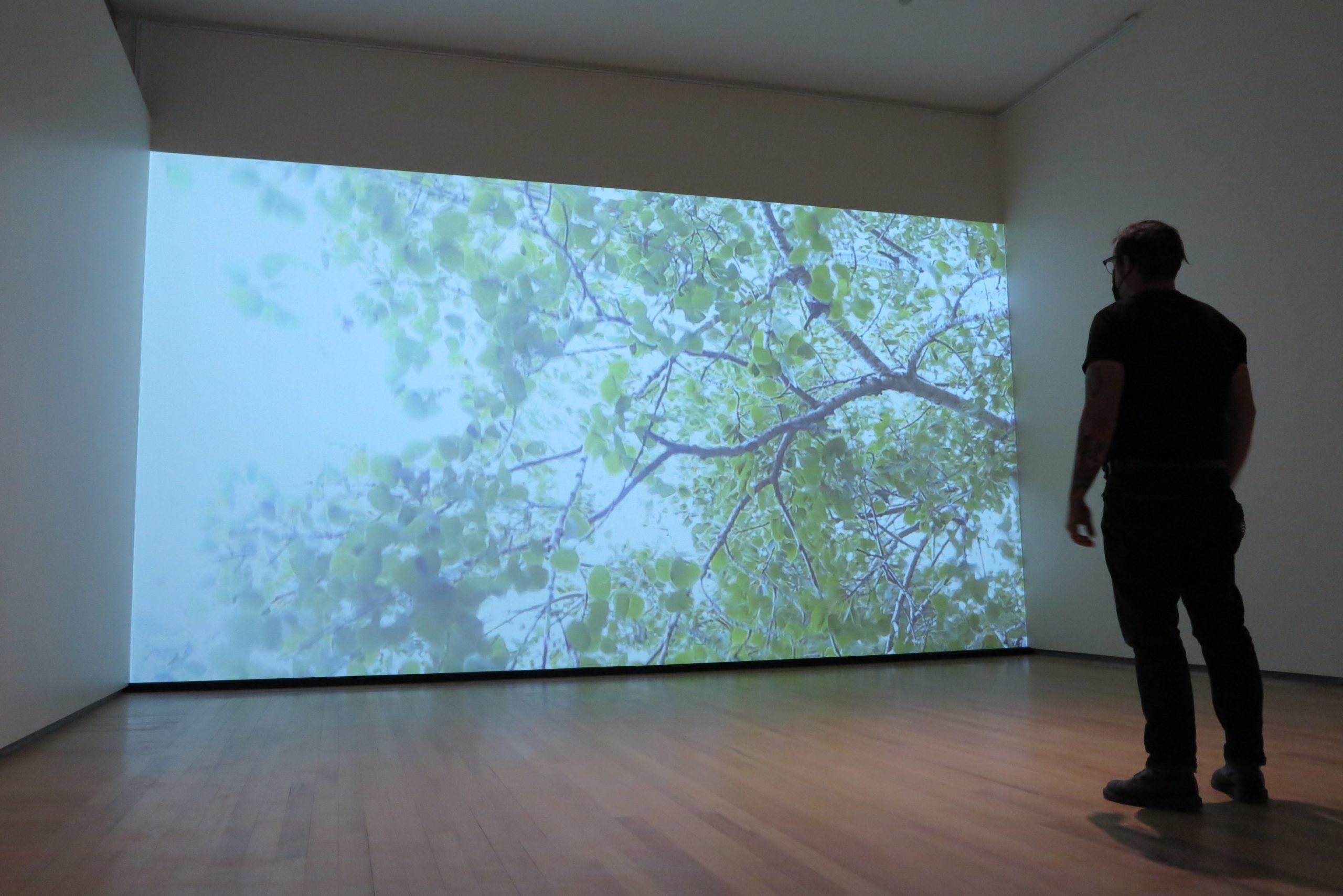
Chhangur believes that the Agnes is “poised to lead in museological change in this country.” It’s one of the few public, university-affiliated museums that acknowledges history while always working in the present:
“Our contemporary moment values entanglement, not hierarchy. We no longer feel tethered to the idea of a centre (i.e., Western European) as the measure of excellence and we understand that there are many different world views, cultural protocols, and social economies that are equal and in fact more relevant to the kinds of futures we want to enact, futures that are inclusive and diverse,” she says. “By questioning what we centre at Agnes is to be self-reflexive, in particular as we plan for Agnes Reimagined, our new arts facility (opening in 2025) where western and Indigenous world views sit side by side as equals. This will have a bearing on the future of our museological practice as an institution.”
A visit to the Agnes will engage you in exciting ways and challenge your conception of an art museum. There’s a sense of freedom to this space in which the Atlantic Ocean is projected onto the walls, eerie noises emanate from various exhibits, and each step allows you to question what it means to experience art.
***
“Daan li philosophie Indigene pimaatishowin ooshchipayin ooschi la forss. Kahkiyuw pimatishowin ayaw li isprii,pi tapitaw maashchipayin.Ota la plas di la forss pi isprii,taanshi kahkyuw waakootoyaak mitooni il i importaan pi li spaas nawaat li importaan ispiichi li taan.”

